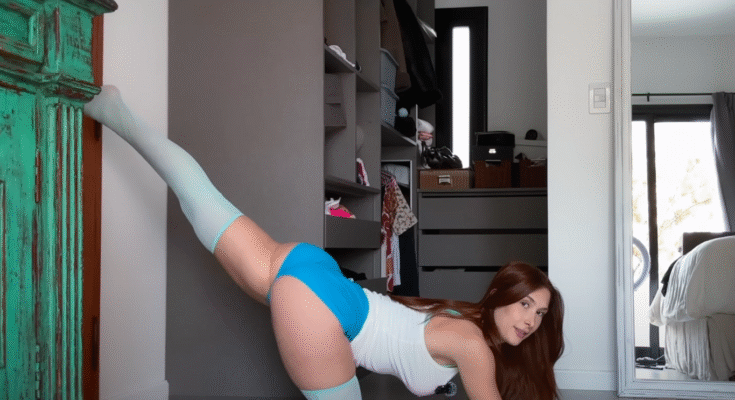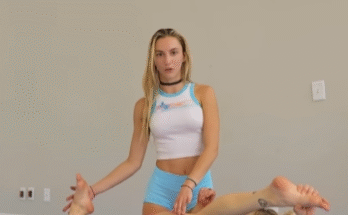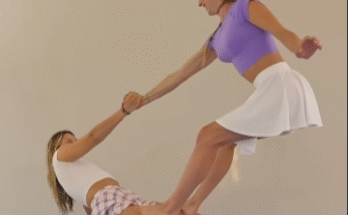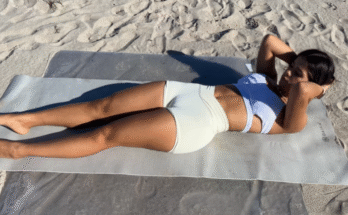In the midst of our fast-paced, screen-filled lives, our bodies often bear the brunt of tension, stiffness, and stress. Whether it’s from sitting at a desk all day, running errands, or dealing with mental fatigue, the body craves release. That’s where afternoon yoga relief through deep stretching comes in — a gentle, intentional practice designed to reset your body and mind in the middle of your day.
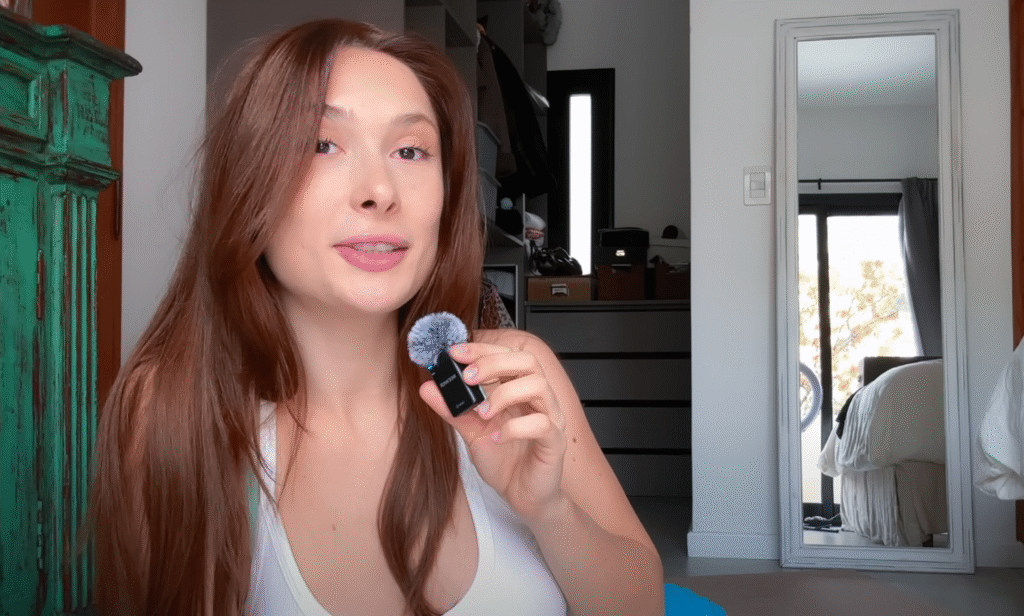
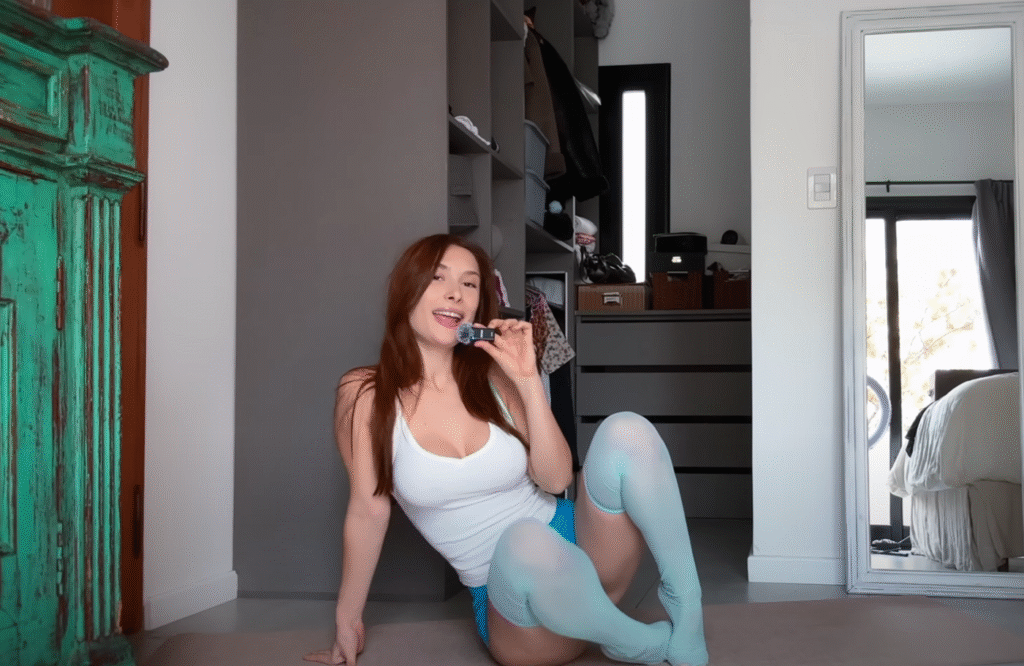
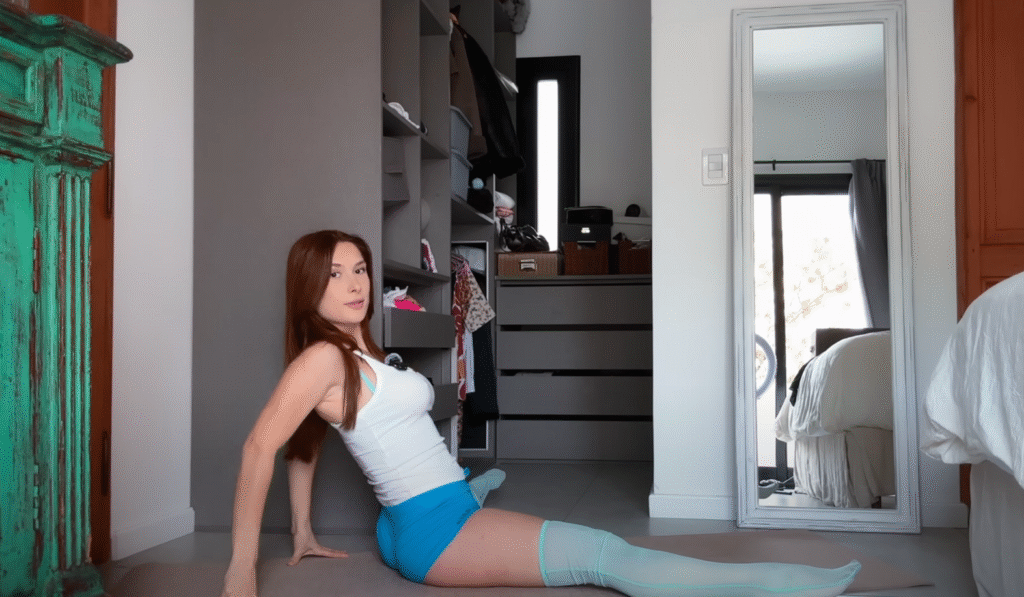
The Beauty of the Afternoon Pause
The afternoon slump is real. It typically hits between 1 PM and 4 PM, when energy dips and focus wanes. Many people instinctively reach for caffeine or sugar to push through, but yoga offers a healthier, more sustainable solution. A mid-afternoon yoga session not only energizes the body but also calms the nervous system, enhances mental clarity, and improves posture — especially helpful if you’ve been hunched over a computer.

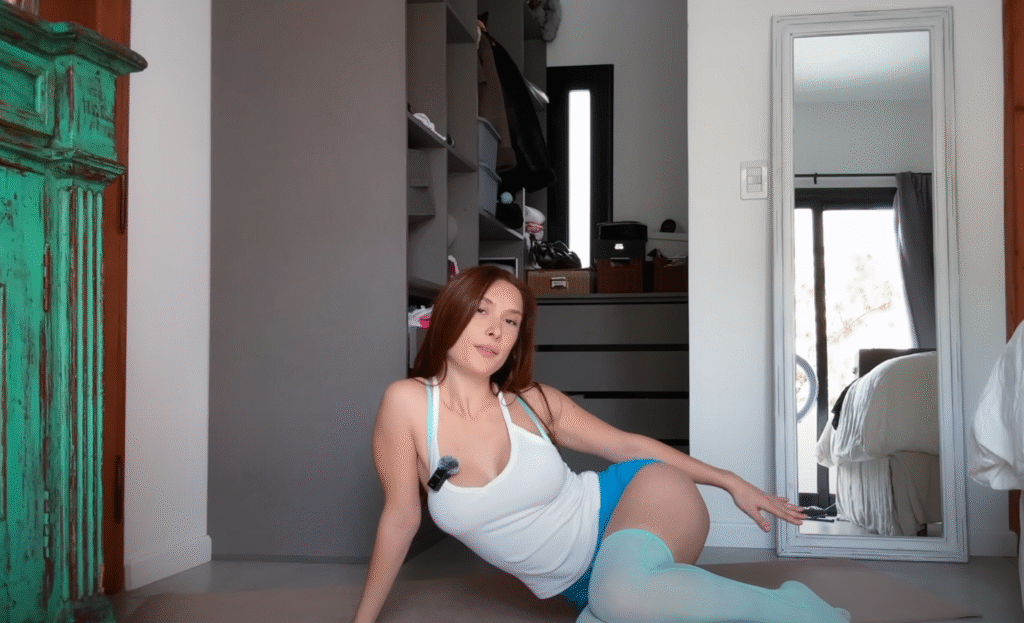
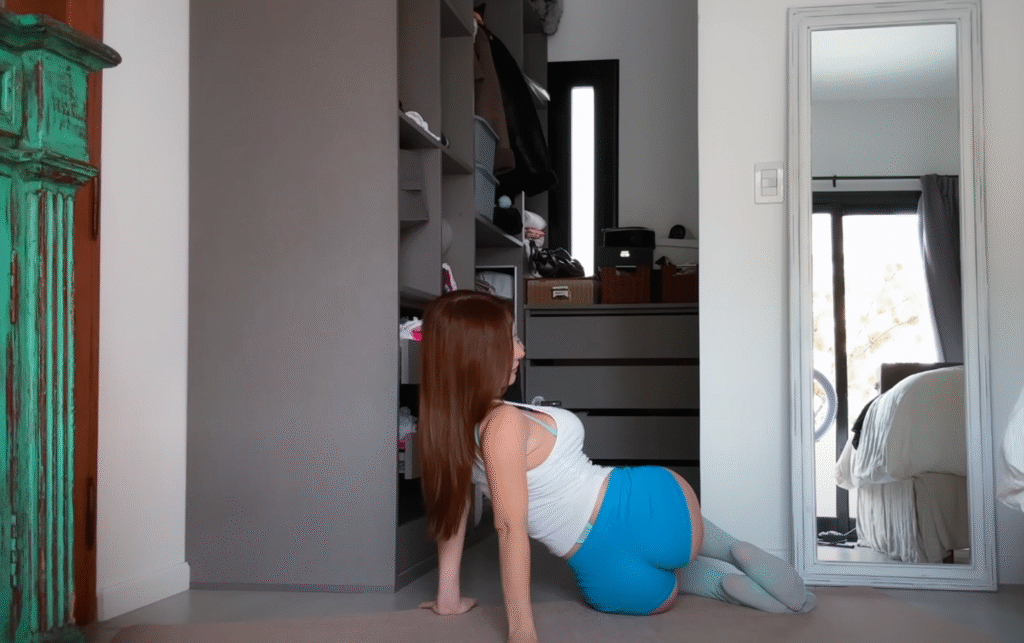
Why Deep Stretching Works
Deep stretching, often found in slower styles of yoga like Yin, Hatha, or Restorative, targets the deeper connective tissues — ligaments, joints, fascia — rather than just the surface muscles. When we hold a stretch for longer periods (typically 1 to 5 minutes), we allow the body to slowly open up, release tension, and increase flexibility. This kind of stretch isn’t just physical; it’s meditative, encouraging a deeper connection between body and breath.
Moreover, deep stretching stimulates the parasympathetic nervous system — the “rest and digest” response — helping reduce stress hormones like cortisol and promoting relaxation.
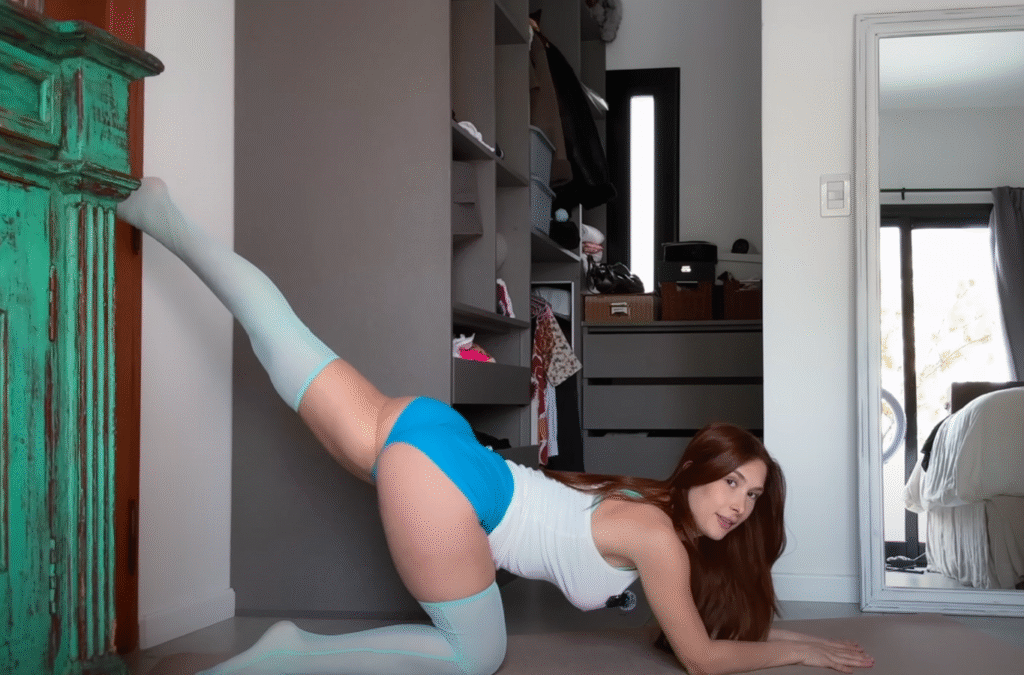
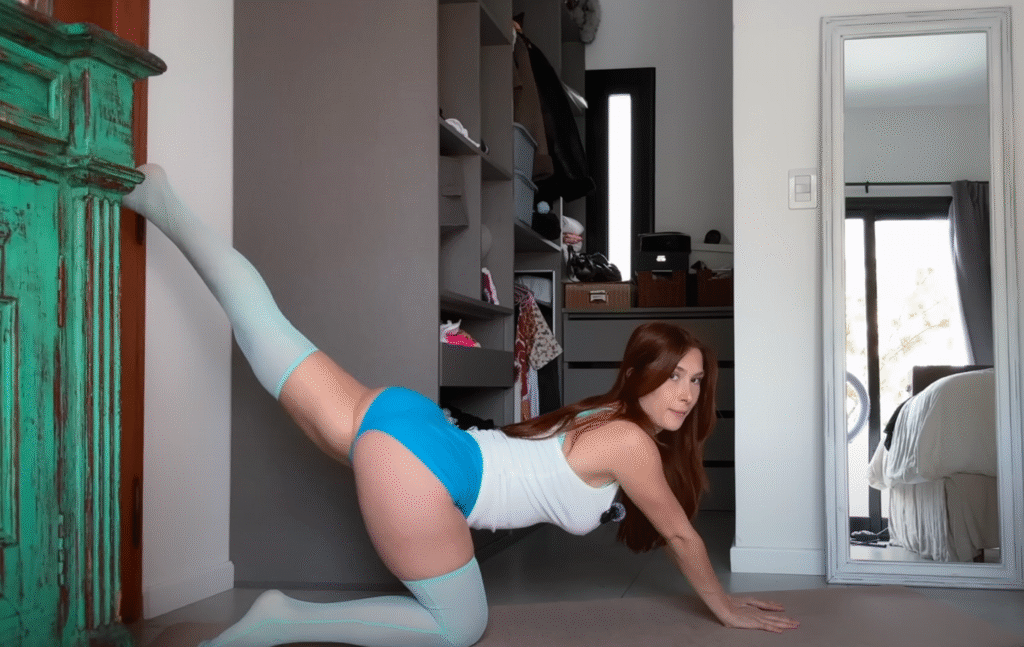
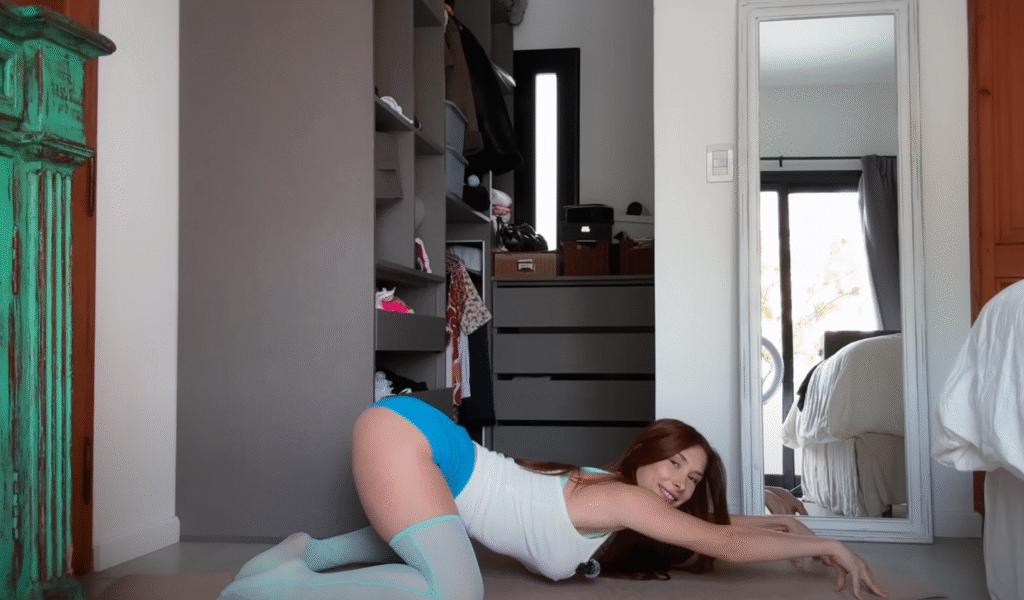
Setting the Scene
To truly reap the benefits of your afternoon yoga session, create a calming space. You don’t need a dedicated yoga room — just a quiet corner, a mat, and maybe a pillow or bolster. Dim the lights, play soft instrumental music or nature sounds, and leave your phone on silent. Even just 20-30 minutes of uninterrupted stretching can transform your day.
Sample Deep Stretch Sequence for Afternoon Relief
Here’s a gentle deep stretch sequence perfect for afternoons. It’s beginner-friendly and requires minimal props. Aim to breathe deeply, inhaling through your nose and exhaling slowly through your mouth or nose.
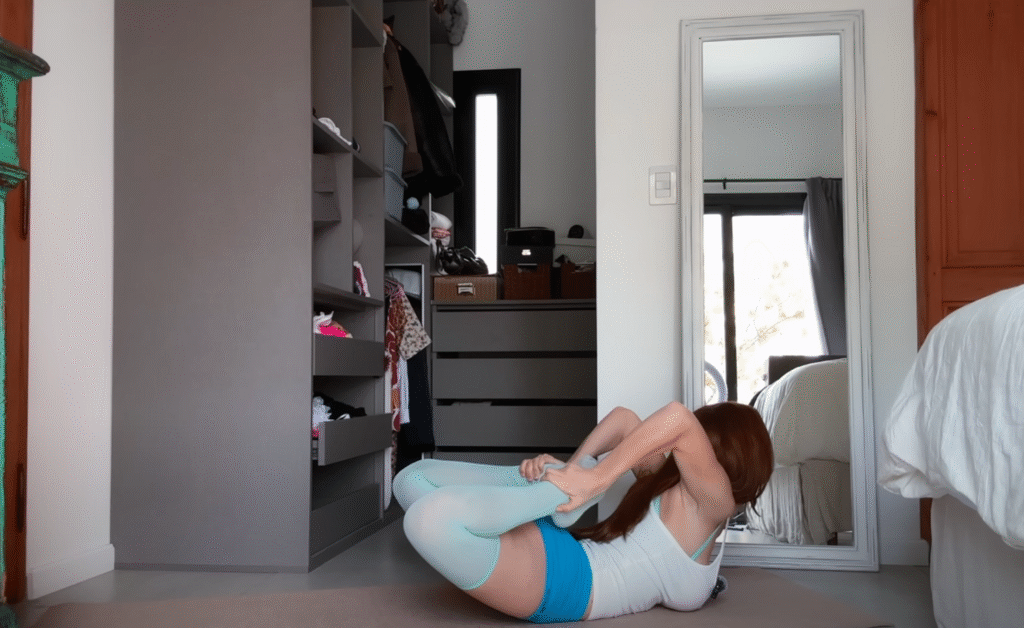
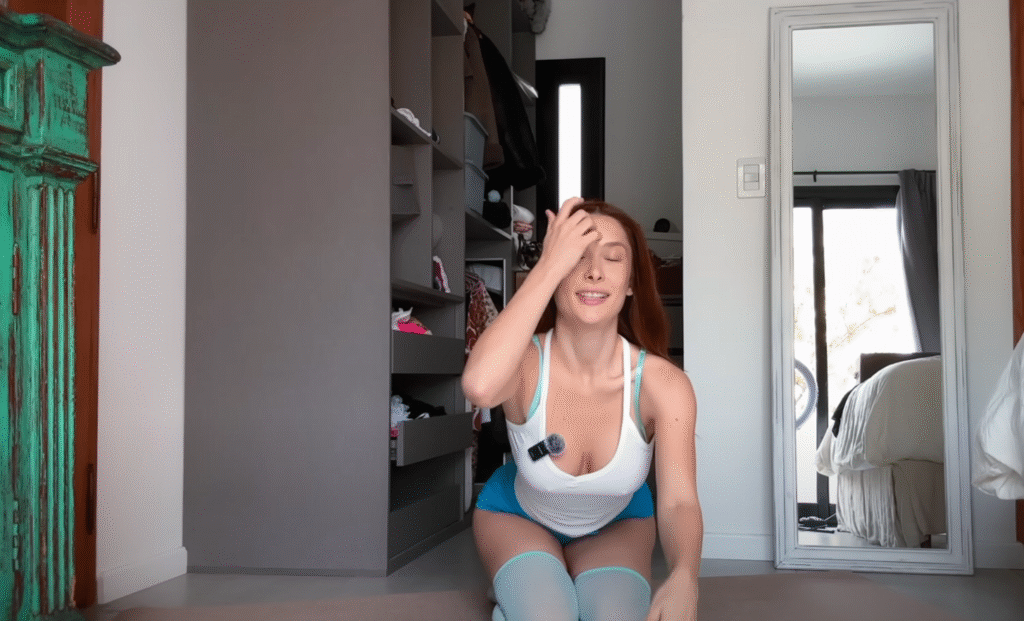
1. Child’s Pose (Balasana) – 3 minutes
Kneel on your mat, touch your big toes together, and sit back on your heels. Stretch your arms forward and rest your forehead on the mat. Let your back gently release and your hips melt toward your heels. Breathe slowly, feeling your spine elongate.
Benefits: Gently stretches the hips, thighs, and ankles. Calms the brain and relieves stress.
2. Seated Forward Fold (Paschimottanasana) – 3 minutes
Sit with your legs extended. Inhale to lengthen your spine, then exhale as you fold forward from your hips. Let your hands rest wherever they reach — on your shins, feet, or beyond. Keep a soft bend in the knees if needed.
Benefits: Stretches the hamstrings and lower back; soothes the nervous system.
3. Low Lunge with Side Stretch (Anjaneyasana variation) – 2 minutes each side
Step one foot forward into a low lunge, back knee on the mat. Lift the same-side arm overhead and gently bend toward the opposite side. Feel the stretch along the side body and hip flexor.
Benefits: Opens up tight hips and the side body, which often become compressed from sitting.
4. Reclined Spinal Twist (Supta Matsyendrasana) – 2 minutes each side
Lie on your back, hug one knee into your chest, and then guide it across your body to the opposite side. Extend your other arm out and turn your head in that direction for a full spinal twist.
Benefits: Releases the lower back and massages the digestive organs.
5. Legs Up the Wall (Viparita Karani) – 5-7 minutes
Lie on your back and extend your legs up against a wall. Scoot your hips as close to the wall as is comfortable. Let your arms rest at your sides or place your hands on your belly.
Benefits: Reduces leg fatigue, promotes circulation, calms the mind.
6. Savasana (Corpse Pose) – 5 minutes
End with a full-body rest. Lie flat on your back, arms by your sides, palms facing up. Close your eyes and surrender to gravity. Let go of effort, and simply be.
Benefits: Integrates the practice, promotes deep relaxation.
Tips for a Deeper Experience
- Focus on your breath: Use each inhale to expand and each exhale to soften deeper into the stretch.
- Don’t force it: Deep stretching is about release, not pushing. Listen to your body’s limits.
- Use props: Pillows, blankets, and straps can make poses more comfortable and accessible.
- Consistency is key: Even if it’s just a few stretches, practicing regularly enhances flexibility and reduces stress over time.
The Mental and Emotional Shift
Afternoon yoga relief isn’t just about loosening tight muscles — it’s a way to realign your inner world. A gentle yoga break can shift you from feeling overwhelmed to grounded, from fatigued to refreshed. It offers space to check in with yourself emotionally, release tension you didn’t even know you were holding, and reset your intention for the rest of the day.
When practiced mindfully, deep stretching becomes a kind of moving meditation. The stillness in the poses helps quiet mental chatter, inviting a sense of peace and presence. This can be especially powerful in the afternoon when the brain tends to race with to-do lists and worries.
Beyond the Mat
What you cultivate in your afternoon yoga practice spills over into the rest of your day. You’ll likely notice improved posture, clearer focus, and a calmer demeanor. As your body opens, so does your capacity to handle stress and respond with grace.
Afternoon yoga relief isn’t about achieving perfect poses; it’s about honoring your body’s needs and giving yourself the gift of gentle movement and stillness. It’s an act of self-respect, a pause in the storm, and a beautiful way to remind yourself: I am here. I am breathing. I am enough.
Whether you’re new to yoga or a seasoned practitioner, taking time each afternoon for a deep stretch session can be a transformative ritual. It’s simple, accessible, and deeply nourishing — the perfect way to unwind, recharge, and reconnect with yourself.
So the next time that mid-day slump creeps in, roll out your mat instead of reaching for another cup of coffee. Your body — and your mind — will thank you.
